
Museums play a vital role in preserving human civilization and passing on traditions. With the development of technology, digitization has gradually become an important way to enliven cultural relics and heritage.
On July 26, Zhengzhou Shang Dynasty Ruins Museum and Archaeology Museum of the Zhengzhou Municipal Institute of Cultural Relics and Archaeology were open to the public in Zhengzhou, Henan Province.
Located at the Zhengzhou Shang Dynasty Ruins Museum, the Digital Art and Archaeology Research Center jointly established by Henan Provincial Administration of Cultural Heritage and Fudan University was inaugurated. An exhibition on the carvings of Han Dynasty, which Fudan scholars spent 4 years to create, was on display for the first time.
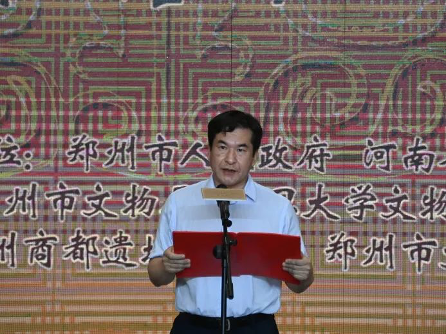
Member of the Standing Committee of the CPC Zhengzhou Committee Hu Qiang said adhering to the strategy of "integrated development of culture and tourism" and taking the scientific concept of "development in conservation and conservation in development", the Zhengzhou government in recent years has adopted innovative measures in line with local conditions to efficiently protect and utilize cultural heritage. In the future, the city will strive for more effective management and more innovative exhibitions to achieve cultural prosperity.
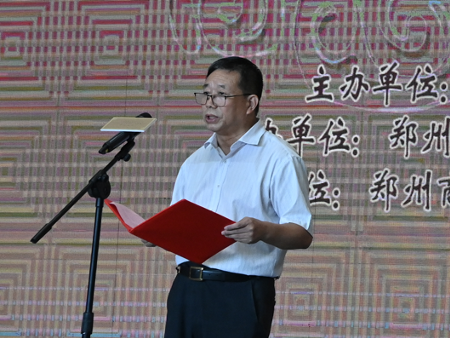
Tian Kai, director general of the Henan Provincial Administration of Cultural Heritage, said Zhengzhou Shang Dynasty Ruins Museum and Archaeology Museum of the Zhengzhou Municipal Institute of Cultural Relics and Archaeology will become important platforms for demonstrating the culture and city development of Zhengzhou. They will be popular places for cultural education and become new cultural brands of the city. He emphasized that the Administration will collaborate with Fudan closely to give full play to their respective strengths, in order to achieve the best of relics conservation.
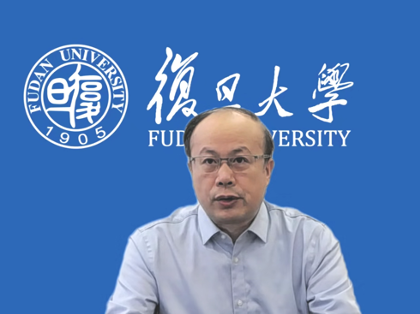
Vice President of Fudan University Chen Zhimin delivered an online speech in which he said the formation and development of early Chinese civilization has been identified as a major research area in Fudan's 14th Five-Year Plan (2021-2025). Fudan has strong research teams on Chinese historical geography which was founded by Tan Qixiang and led by academics such as Ge Jianxiong and Zhou Zhenhe, on palaeography which was led by Qiu Xigui, and on museology which was led by Lu Jiansong. The university is also vigorously promoting the development of the Fudan Institute of Archaeological Science, aiming to enhance interdisciplinary integration with life sciences, molecular biology, genetics and environmental sciences.
Fudan will fully utilize its strengths as a comprehensive university to actively serve the needs of national and local economic and social development, looking forward to deepening the cooperation with Henan Province for mutual benefit.
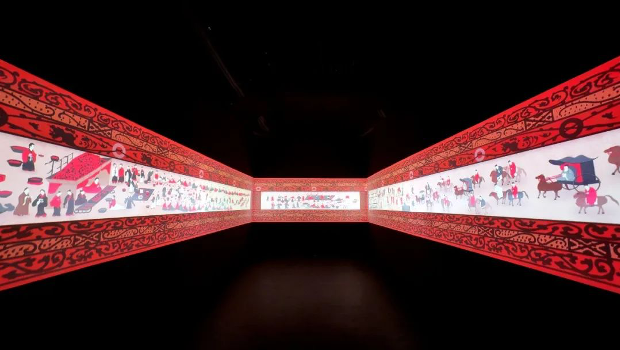
Zhengzhou Shang Dynasty Ruins Museum, inside the Shangdu Archaeological Park, is located on the East Street of Guancheng District, Zhengzhou City. Its exhibition hall covers an area of about 5,500 square meters. The Museum presents the archaeological research, relics conservation and cultural interpretation of related findings at the Shangdu Ruins.
It allows audience to understand the background of the establishment of Shangdu as capital of the Shang Dynasty, the layout and functional zoning of the city, and the territorial control and urban life of Shangdu.
The Museum owns rich and diverse collections, among which a total of more than 1,000 bronze, jade, bone, potteries and other artifacts are on display. The exhibition makes use of sand table models, art works, multimedia, sound light technology to reproduce the scenes of thousands of years ago. This exhibition discloses the mysterious history of the Zhengzhou city, which was hidden for more than 3,600 years. In this way, the exhibition provides an insight into the early civilization of China.
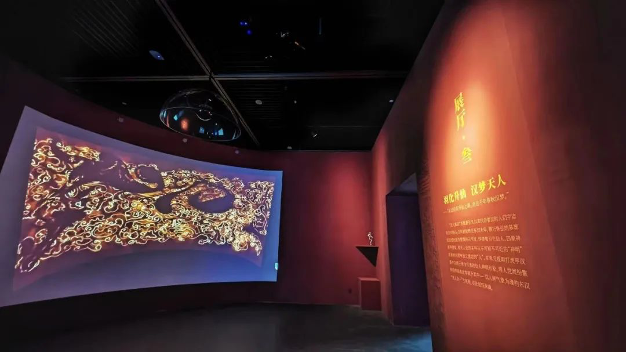
The digital exhibition on Han carvings which is created by Fudan team is put on display simultaneously with the opening of the museum and will continue until September 8 of this year. It took the Fudan team led by Professor Chai Qiuxia at the Department of Cultural Heritage and Museology 4 years to create this exhibition.
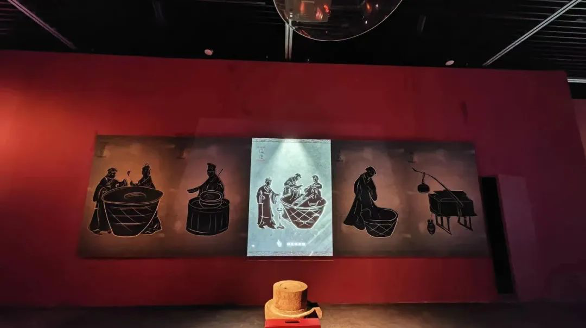
Featuring deep integration of culture, art and technology, the exhibition fully demonstrates the potentiality of digital art to empower the preservation and display of cultural relics and heritage. The most valuable artistic elements and cultural connotations of the Han tomb carvings and paintings were deliberately extracted to create the digital art works as major exhibits. This exhibition provides an immersive experience for visitors to learn about history.
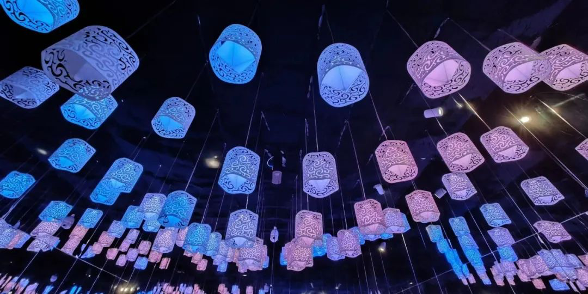
As Henan’s first immersive exhibition which displays those immovable cultural relics from Han tombs in a museum, it perfectly responds to the national call for "digital revitalization of historical and cultural resources". This exhibition provides an innovative way to demonstrate the history and culture of Central China, meanwhile brings visitors a fresh perspective to appreciate immovable cultural relics with digital technologies.
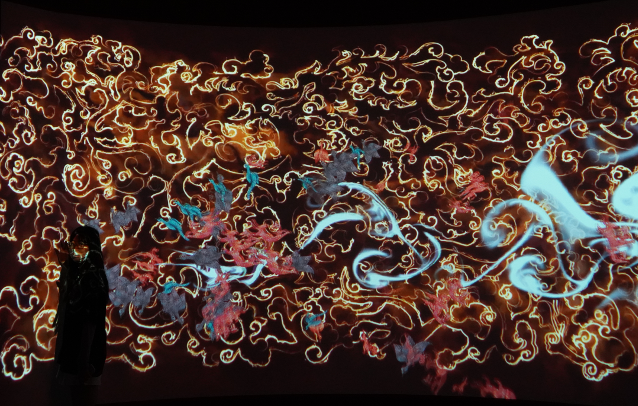
This exhibition is a digital reproduction and display of some of the finest relics found in Han tombs excavated in Xinmi, Zhengzhou, Henan Province. Thanks to digital technology, nowadays we can present these cultural treasures from thousands of years ago to the audience in various creative forms.
Presented by Fudan University Media Center


